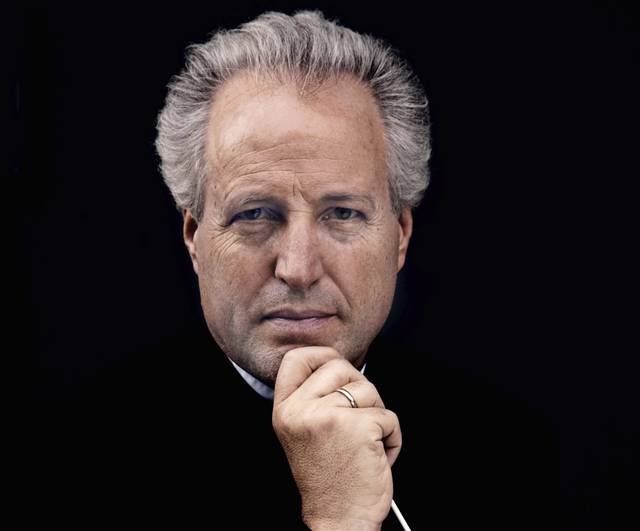https://staging.triblive.com/aande/music/manfred-honeck-to-lead-spectacular-the-damnation-of-faust/
Manfred Honeck to lead spectacular 'The Damnation of Faust'

The Pittsburgh Symphony will present one of its most spectacular shows of the season when more than 250 performers will crowd the stage for Hector Berlioz’s “The Damnation of Faust.”
The French composer had just the personality for a story ranging from heaven to hell. A true revolutionary in handling of the orchestra, he came to fame with his “Symphonie fantastique.” He had a penchant for writing spectacular music, but was no less gifted lyrically.
Manfred Honeck will conduct four vocal soloists, the Mendelssohn Choir, Pittsburgh Youth Choir and Pittsburgh Symphony Orchestra in Berlioz’ “The Damnation of Faust” on March 8 and 10 at Pittsburgh’s Heinz Hall.
Johann Goethe had been a German literary giant for decades when he published “Faust” in 1806. After a French translation was published in 1824, Berlioz became entranced with the play. His first published piece was “8 Scenes” from Faust, but he returned to the subject in 1845-46 when he produced the music the symphony will be performing.
Many other composers have been drawn to set the Faust story, including Robert Schumann, Charles Gounod, Arrigo Boito and Gustav Mahler (in the final movement of his Symphony No. 8).
Sold his soul?
Legends of people who were said to have sold their soul to the devil go back to the time of the Roman Empire, but the case of German Johann Georg Faust (1480-1540) was so well known that a book about him was published in 1587 and solidified his notoriety.
“‘Faust’ is as relevant today as when it was written,” says Honeck. “Every day we have to decide whether to do good or go for bad. ‘Faust’ shows us even the most intelligent and knowledgeable person can become blind from 1598 emotions.”
Berlioz called “The Damnation of Faust” a “dramatic legend.” It is in four parts, which will be performed with an intermission. The protagonist is a high tenor role which will be sung by Charles Castronovo, who’s performed at leading opera houses around the world. Italian bass-baritone Luca Pisaroni will sing Mephistopheles; Irish mezzo Tara Erraught will sing Marguerite.
Sweet dreams
The brief Part I presents Faust alone, enjoying springtime and his solitary life, contrasted with peasant singing and a military march. Faust’s mood has become depressed in the second part but before he can take his life Mephistopheles appears and promises him a better deal. They whisk off to Leipzig to enjoy time with students in a beer cellar. Then Mephistopheles takes Faust to a river bank where he casts a sleeping spell over him and fills his head with sweet dreams, including a vision of the woman for him, Marguerite.
In Part III Mephistopheles has transported Faust to Marguerite’s chamber, where their newly discovered love is interrupted. In the fourth and final part Marguerite is now alone and sings of her love for Faust. Mephistopheles fools Faust into signing a contract he thinks will reunite him with Marguerite. This leads to two particularly spectacular scenes, Faust’s “Ride to the Abyss” and “Pandemonium,” where Faust encounters the demons of hell. The piece ends with Marguerite’s ascent to heaven.
Copyright ©2025— Trib Total Media, LLC (TribLIVE.com)
